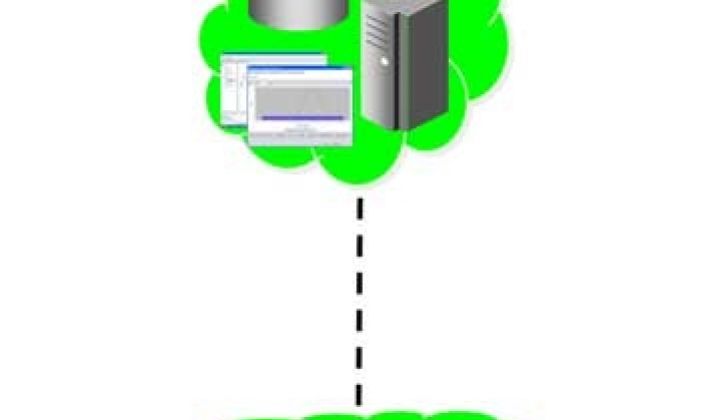Forget about installations and industrial HVAC systems. One burgeoning demand response company is taking a do-it-yourself approach for institutions and homeowners who want to take part in load shedding and shaping.
Greenlet Technologies is in several small pilots in Israel and the U.S. using its Greenlet pluggable units, essentially smart plugs tailored for demand response. Nearly 25 percent of air conditioners in the U.S. are wall units, according to Itai Karelic, who heads up Greenlet Technologies' U.S. office.
The Israel-based company is not looking to compete with EnerNOC or Comverge, but rather is looking to fill a hole for utilities, a growing trend in the specialization of demand response. While there are huge savings to be had in load reduction in the commercial and industrial segment, with an approximate 150 million appliances in the U.S., there are also large gains that can be earned from getting thousands of households to make small cuts in energy use. Both Austin Energy and PG&E both have fairly large programs under way in which consumers voluntarily, through technology, crank down their air conditioners on select days for brief periods to curb peak consumption.
Greenlet is not just designed to be used by the early adopter, as many home energy management systems are. "My grandmother could use this," said Karelic. Once the Greenlets, which come in 120- or 240-volt models, are plugged into major appliances and wall AC units, customers then connect a gateway to their internet connection. There is an option to connect using Wi-Fi, but Karelic acknowledges that for the majority of people, a hard connection is easier to navigate.
"There are two main issues with Wi-Fi. One, it's a pain in the ass to set up," said Karelic. "You get a printer and it takes you half a day to set up. You're not going to do that for the $25 you're going to save at the end of summer [in a peak rebate program]." There is also an issue of security. Utilities are also expressing interest in Greenlet because a hard-wired solution to bringing demand response to the residential market presents fewer security concerns than Wi-Fi. Furthermore, the solution is scalable. Without installation, a utility could theoretically get more homes up and running as part of a DR program.
The key, however, is getting consumers to sign up for demand response programs, which provide more immediate benefits to the utility than to the customer. Karelic said that utilities are more aware of their terrible consumer engagement efforts these days are trying to make strides, and that Greenlet is also working on how to entice the customer to participate in demand response programs.
At the end of the day, technologies like Greenlet will probably be a suite of a larger offering. A third-party aggregator might bundle two-way thermostats and Greenlet plugs for consumers that utilities can buy and then distribute (at a cost of about $150 per household just for the Greenlet package). Verisae recently announced a partnership with Schneider Electric to bring comprehensive demand response (read: load shaping, not just load shedding) for commercial applications.
BuildingIQ, an Australian company, is also looking to compliment the demand response market, rather than play on the same field as the big boys. It uses predictive data, like weather, to dynamically reduce peak demand while optimizing for comfort.
The specialization in demand response comes at a time when states like Pennsylvania are trying to meet peak reduction goals (4.5 percent by 2013), and utilities have just wrestled with one of the hottest summers on record. Just as home energy management is a heavily trafficked area, demand response will also likely continue to see the growth, segmentation, and ultimately partnerships and acquisitions.



